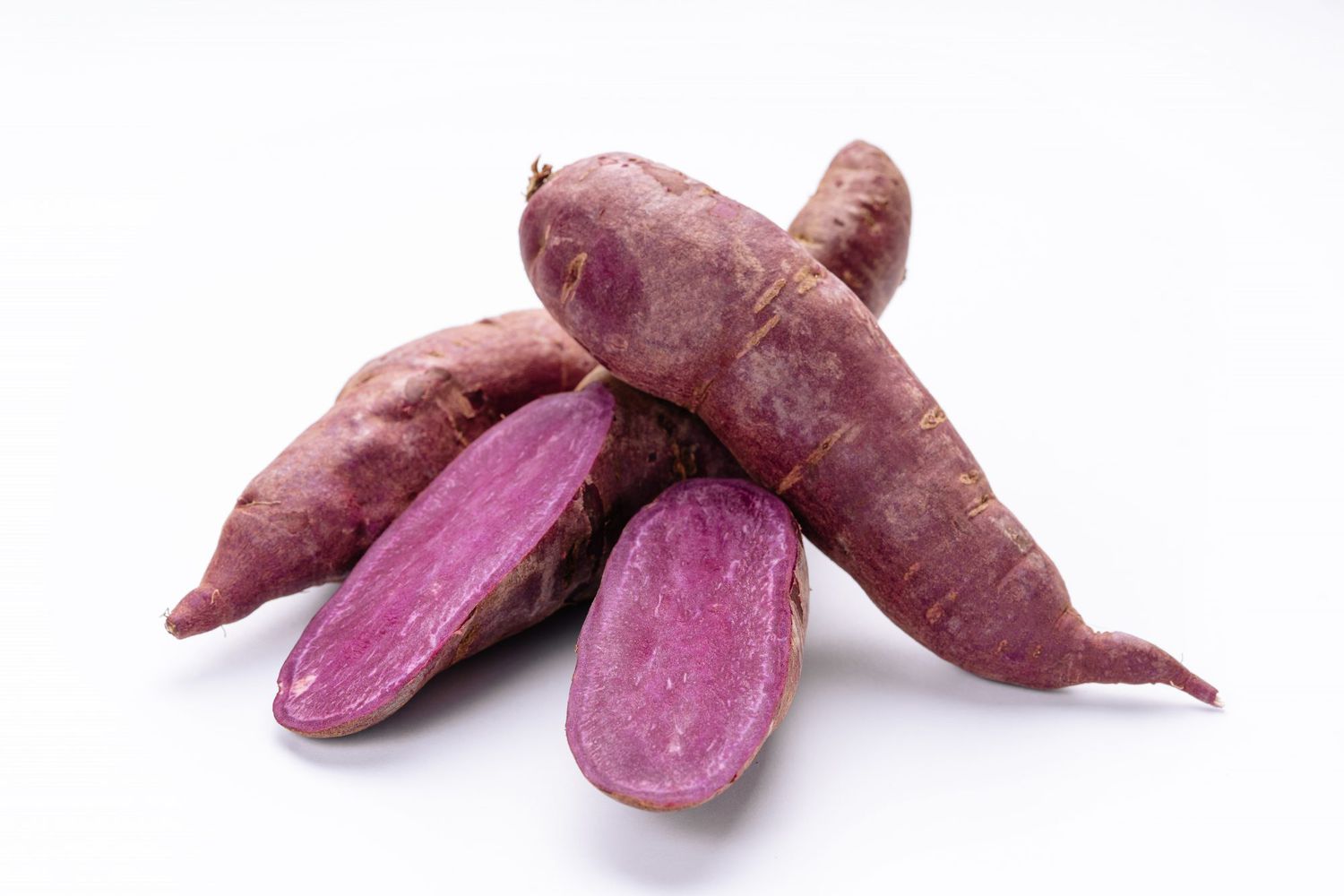
What makes the Okinawan sweet potato so special? This vibrant purple tuber isn't just a feast for the eyes. Packed with antioxidants, vitamins, and fiber, it offers a nutritional punch that few other vegetables can match. Originating from Japan's Okinawa islands, this sweet potato has a rich history tied to the longevity of the local population. Its unique flavor, a mix of sweet and nutty, makes it a versatile ingredient in both savory and sweet dishes. Whether you're roasting, mashing, or baking, the Okinawan sweet potato adds a burst of color and health benefits to any meal. Ready to learn more? Let's dig in!
Key Takeaways:
- Okinawan sweet potatoes are packed with fiber, vitamins, and antioxidants, making them a colorful and nutritious addition to any diet. They can be enjoyed in various dishes and have cultural significance in Okinawa.
- Cultivating Okinawan sweet potatoes requires warm, tropical climates and careful harvesting. Their vibrant purple color comes from antioxidants, and they offer numerous health benefits, including supporting digestion and immune function.
What is the Okinawan Sweet Potato?
The Okinawan sweet potato is a unique and nutritious root vegetable. Known for its vibrant purple color and sweet taste, it has become a favorite in many kitchens. Let's dive into some fascinating facts about this special tuber.
-
The Okinawan sweet potato is not originally from Okinawa. It was brought to Japan from the Americas in the 1600s.
-
Its striking purple color comes from anthocyanins, the same antioxidants found in blueberries and red cabbage.
-
This sweet potato is often mistaken for the Hawaiian sweet potato, but they are different varieties.
-
It has a lower glycemic index compared to regular potatoes, making it a healthier option for those watching their blood sugar levels.
Nutritional Benefits of Okinawan Sweet Potato
Packed with nutrients, the Okinawan sweet potato offers numerous health benefits. Here are some key points to consider.
-
High in fiber, it aids digestion and helps maintain a healthy gut.
-
Rich in vitamins A and C, it supports immune function and skin health.
-
Contains potassium, which helps regulate blood pressure and fluid balance.
-
The antioxidants in this potato can help reduce inflammation and protect against chronic diseases.
Culinary Uses of Okinawan Sweet Potato
Versatile in the kitchen, the Okinawan sweet potato can be used in various dishes. Here are some popular ways to enjoy it.
-
It can be baked, boiled, or steamed, making it a flexible ingredient for many recipes.
-
Often used in desserts, it adds a natural sweetness and vibrant color to cakes, pies, and ice creams.
-
In Okinawa, it is commonly used in traditional dishes like tempura and sweet potato mochi.
-
Its creamy texture makes it perfect for mashing or pureeing into soups and sauces.
Cultural Significance of Okinawan Sweet Potato
Beyond its nutritional value, the Okinawan sweet potato holds cultural importance in Okinawa. Let's explore its role in local traditions.
-
It is a staple food in Okinawa, often included in the traditional diet known for promoting longevity.
-
During festivals, it is used in various ceremonial dishes and offerings.
-
The sweet potato is a symbol of resilience and survival, as it sustained the Okinawan people during times of scarcity.
Growing and Harvesting Okinawan Sweet Potato
Cultivating this sweet potato requires specific conditions. Here's what you need to know about its growth and harvest.
-
It thrives in warm, tropical climates with well-drained soil.
-
Typically planted in spring, it takes about 120 to 150 days to mature.
-
Harvesting is done by hand to avoid damaging the delicate tubers.
-
After harvesting, the potatoes are cured in a warm, humid environment to enhance their sweetness and shelf life.
-
Proper storage can keep these sweet potatoes fresh for several months, making them a reliable food source year-round.
The Sweet Potato's Legacy
Okinawan sweet potatoes aren't just tasty; they're packed with nutrients. Rich in antioxidants, these purple gems can boost your health. They’re a staple in Okinawan cuisine, contributing to the region's high life expectancy. Their vibrant color comes from anthocyanins, which help fight inflammation.
These tubers are versatile, used in both sweet and savory dishes. From mochi to tempura, they add a unique flavor and color. Plus, they're easy to grow, making them accessible for many.
Whether you're a foodie or health enthusiast, Okinawan sweet potatoes offer something special. They’re more than just food; they’re a part of Okinawan culture and history. So next time you see these purple potatoes, remember their rich background and health benefits. Enjoy them in your meals and savor a piece of Okinawan heritage.
Frequently Asked Questions
Was this page helpful?
Our commitment to delivering trustworthy and engaging content is at the heart of what we do. Each fact on our site is contributed by real users like you, bringing a wealth of diverse insights and information. To ensure the highest standards of accuracy and reliability, our dedicated editors meticulously review each submission. This process guarantees that the facts we share are not only fascinating but also credible. Trust in our commitment to quality and authenticity as you explore and learn with us.


